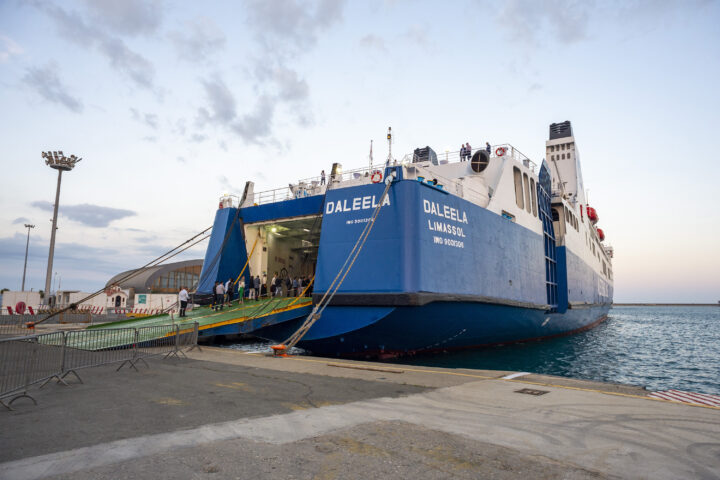Moody’s Investors Service said that the corporate bond market in the
In Moody’s annual publication entitled “Arabian Gulf Corporate Bond Market: 2007 Review and 2008 Outlook” Moody’s also highlighted that 2007 was a break-through year for corporate issuance in the region, with the market becoming increasingly liquid and diversified.
“Further record issuance was achieved in 2007, although we estimate that up to USD 10 bln were bridged or postponed in the later part of the year due to unattractive markets”, said Philipp Lotter, Dubai/DIFC based Senior Credit Officer at Moody’s and author of the report. “This pent up financing demand, and sustained pressures from massive infrastructure expansion will continue to drive the market for Sukuk and conventional bonds in equal measure”, Lotter added.
Moody’s reports that total corporate bond issuance in the six states of the Gulf Co-operation Council (GCC) was USD 23.7 billion, up more than 62% from 2006. Nearly half of total issuance was in the form of Shari’ah compliant Sukuk, including some large benchmark transactions.
Whilst the United Arab Emirates (UAE), and
Whilst markets have become less predictable, in particular following a sharp widening of spreads that has lead to some funding being bridged in the bank market or postponed altogether, Moody’s highlights that the fundamentals in the region remain very strong, with large-scale infrastructure financing requirements and international M&A continuing to drive the market.
Near-term issuance, according to Moody’s, has the potential to reach USD 50 bln over the coming 12 to 18 months as companies seek to refinance debt and extend their maturity profiles to finance infrastructure developments and expand abroad. Moody’s estimates that 54% of total 2007 bond issuance was related to inward infrastructure investments, with 21% related to real estate and the remaining 25% attributable to M&A.
“Companies may need to get used to more expensive financing, but will ultimately continue to tap into the international bond markets for much required funds”, said Philipp Lotter. “At the same time, large government-related borrowers should be able to continue to attract investors willing to take exposure to booming Gulf markets”, Lotter added.
Moody’s notes in its report that key rating drivers in the region can be quite unique, given the growth trajectory in the region, and the prominent role taken by government-related, commercial entities in
developing local economies. Whilst commonly benefiting from supportive governments, Moody’s adds that focus must be given to companies’ ability to manage rising leverage and the challenges of project execution whilst maintaining flexibility to adopt their plans to a changing environment.
In summary, however, Moody’s outlook for the Gulf credit landscape is positive as companies establish growing track records and execute on their plans. These, however, remain closely correlated with geopolitical stability, ongoing economic growth fuelled by high oil & gas prices and the sustained attractiveness of the region, which should provide further growth to many of its key non-oil industries which today provide the bulk of new corporate rating activity.






